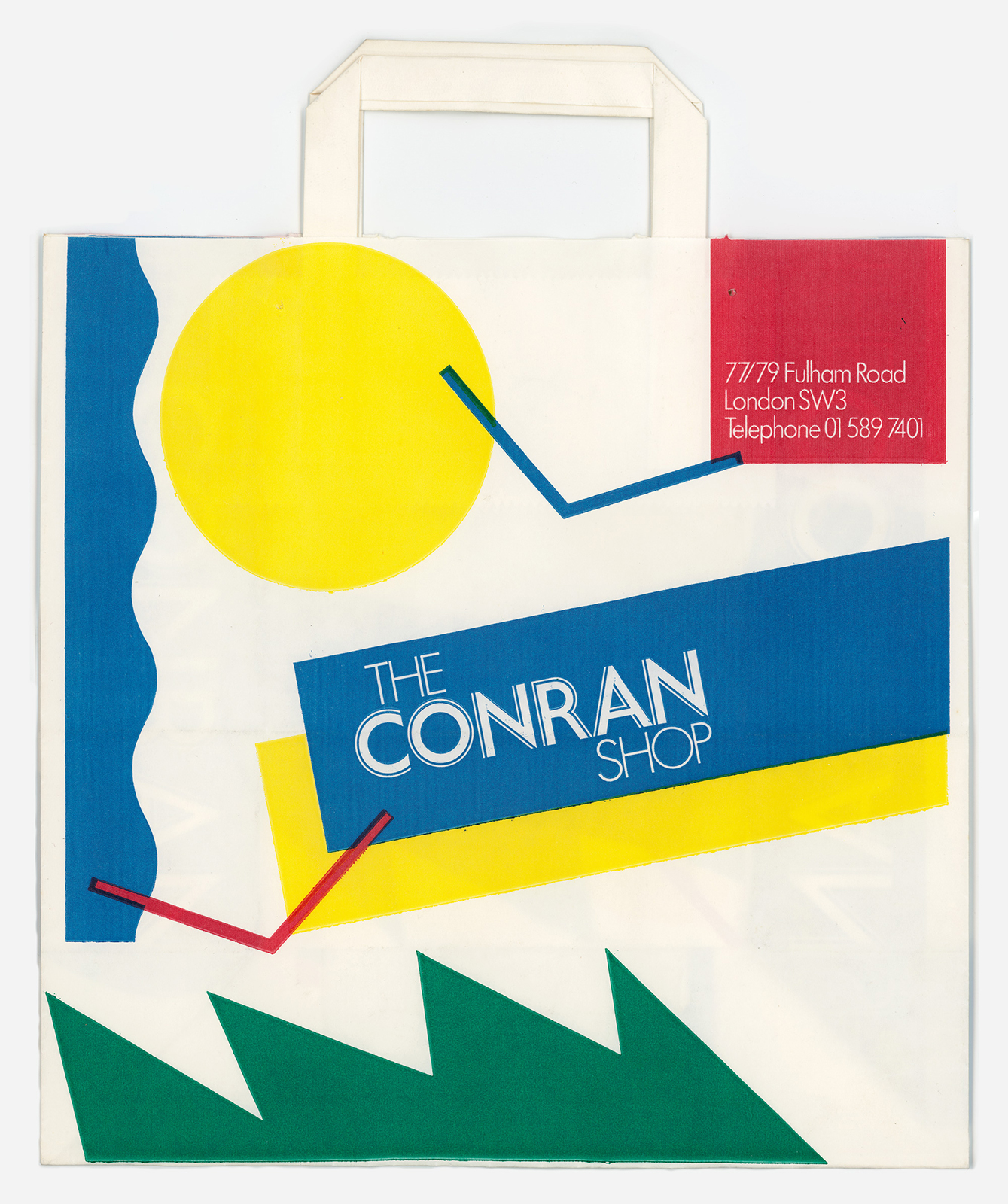TERENCE CONRAN: MAKING MODERN BRITAIN
HAPPENINGText: Alma Reyes
British modern design has come a long way since the Arts and Crafts Movement of the 1900s. From William Morris, Charles Rennie Mackintosh, to Mary Quant and Norman Foster, Britain has been at the forefront of design innovation and creativity in reshaping tradition and instilling modernity into people’s lives.
Joining this team of design instigators of the 20th century is globally renowned Terence Conran. Recognized for spearheading the modern concept of “habitat” for everyday consumers, Conran has revolutionized the presentation of home styling and interiors of commercial spaces through his distinct philosophy of “plain, simple and useful” for furniture, tableware, textiles, home accessories, and other utility objects. Moreover, he spinned British food culture around with his empire of restaurants, and elevated design education with the launching of The Design Museum in London.

Conran and Cone chair by Terence Conran, 1952, © Estate of Raymond Williams
Tokyo Station Gallery is showcasing Terence Conran: Making Modern Britain until January 5th next year. The first exhibition in Japan to document the designer-entrepreneur’s success story, the retrospective traces the beginnings of Conran’s emergence in the design industry after World War II, the establishment of Habitat and Conran Shop, and reproduction of architectural projects. About 300 works and documents are on view, including his multi-patterned tableware and textiles, furniture, objects from shops and restaurants, books, photographs and videos.

Terence Conran, Shopping bag of The Conran Shop, 1980’s, Terence Conran Archive, the Design Museum, Courtesy of the Design Museum
The first part of the exhibition shows such Conran products under the themes of Bryanston School, Central School of Arts and Crafts, Chequers, Early Furniture, Summa Furniture (Conran’s first domestic flat-pack furniture line), and Conran Furniture and Fabrics. Conran attended Central School of Arts and Crafts (now a college at University of Arts London Central Saint Martins) in 1948, and studied textile design under Eduardo Paolozzi, one of the leading pioneers of pop art. As a student, he was immensely influenced by the Bauhaus and the Arts and Crafts movement, which taught him how design should be available to the entire community. He became an independent designer after graduating at the age of 21.

Terence Conran, Chequers: Dinner Plate, 1957
Conran’s initial adventure into design development came at the right time during the rise of British Pop Art in the UK after WWII, which accelerated consumer culture. Coinciding with the Festival of Britain held in 1951 that was considered a “beacon for change,” and consequently reshaped British art, craft and design, Conran’s inventive textile and tableware patterns caught national attention. The Chequers dinnerware set (1957) on display, exemplifies the master’s use of geometric shapes and abstract freehand drawings, themed in grey, yellow and moss green. Similar motifs are seen in his wonderful hanging textiles and sleek furniture exhibited.
Read more ...





